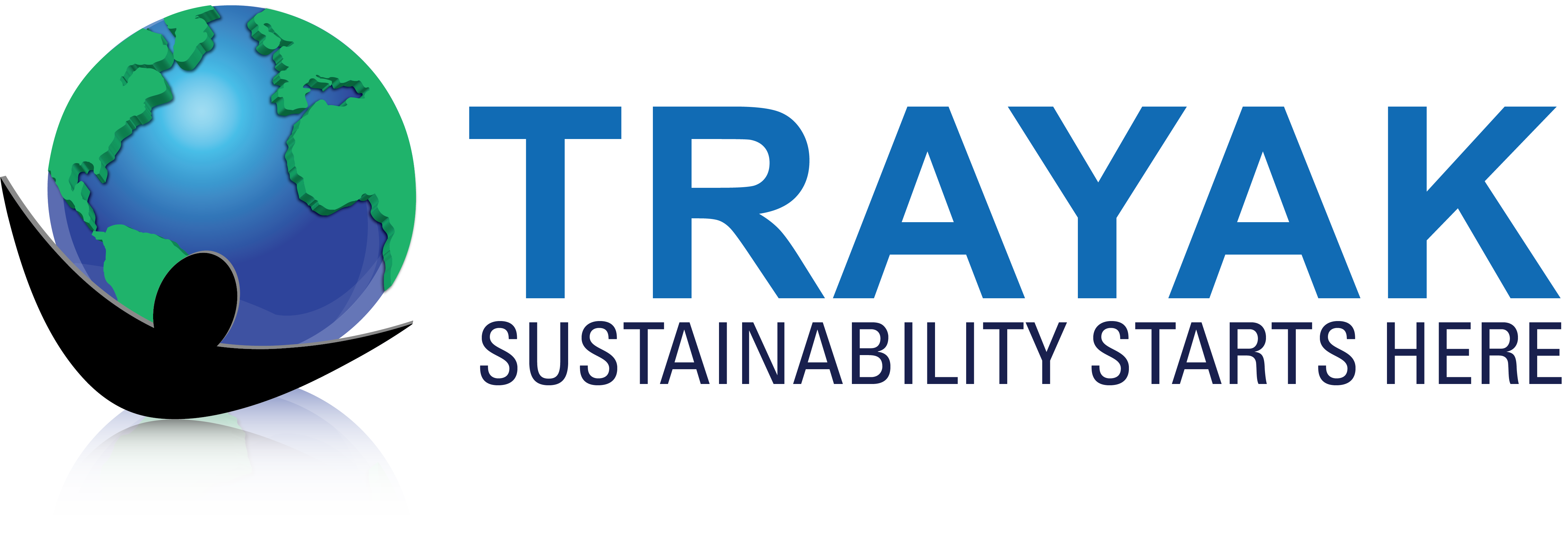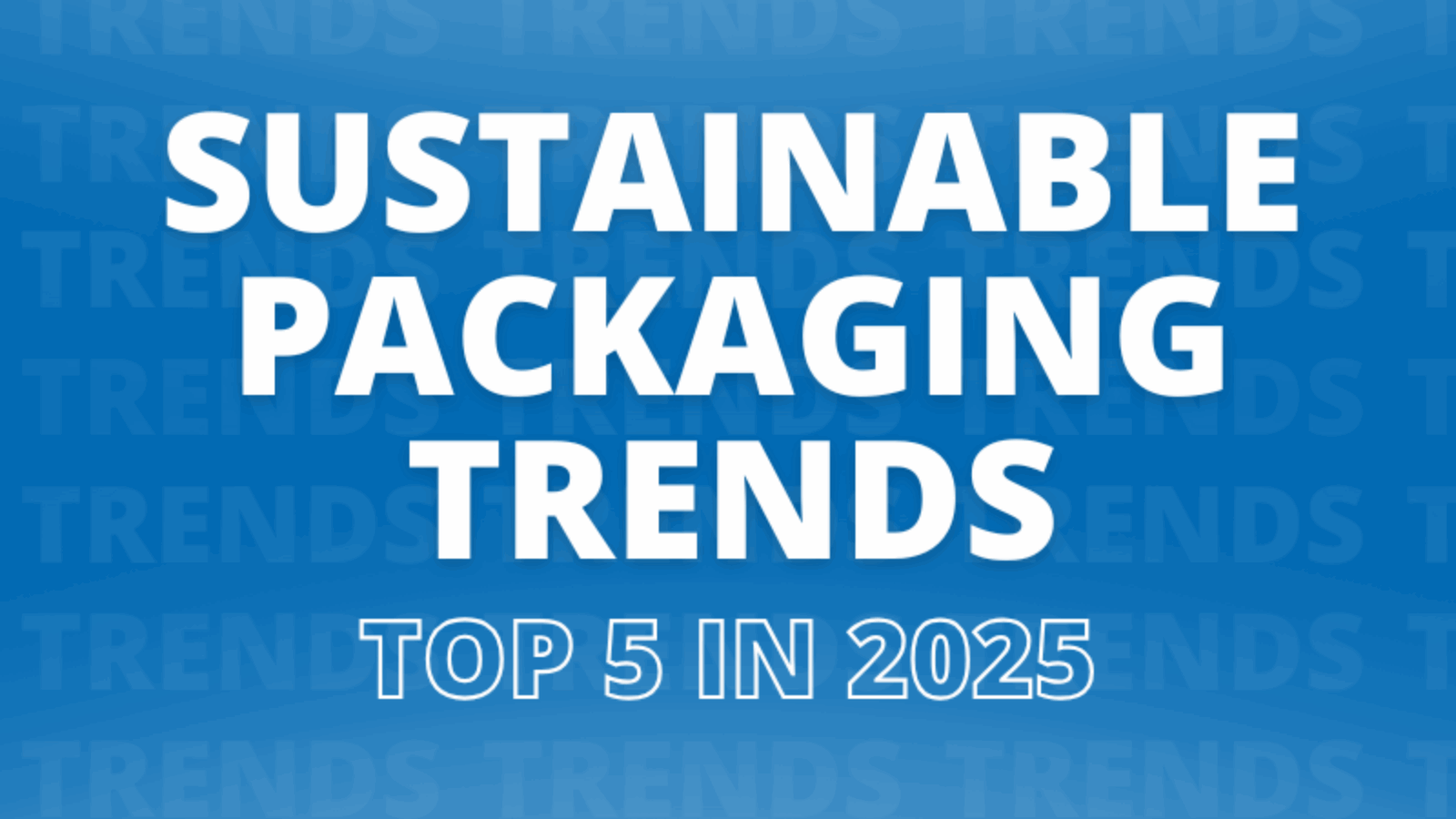This year has demonstrated once again how the market is constantly evolving and changing. In only the past 5 months, Oregon, Colorado, and California have introduced EPR fees, and the United States Government has now enacted tariffs. But even these new market influences cannot derail the role that sustainability plays in packaging design.
A recent report from Mckinsey and Company shares the top consumer interests when prioritizing packaging:
- Hygiene and food safety with a 75% interest
- Shelf life with 67% interest
- Ease of Use: 57%
- Durability: 55%
- Environmental Impact: 51%
This list confirms that more than half of consumers now consider sustainability a key factor in their purchasing decisions–showing that sustainability is not a passing trend, but rather a firm decision embedded in consumer expectations.
To many leading CPGs, this research is not new information. Many brands are making innovative changes in their businesses to improve their environmental footprint. Here are some of the trends in sustainable packaging that will continue to define 2025:
1. Enhanced Reusability Through Design
Reusable packaging is becoming more popular, and consumer goods markets are thinking beyond just the primary package. Many companies in the food industry have replaced their secondary packaging with durable plastic pallets, crates, and totes, which significantly reduces single-use packaging waste and maintains operational efficiency.
Reusability goes beyond a package or pallet’s multiple uses. It requires planning and coordinating an entire system, with washing and sterilization, return logistics, and consumer behavior. Each of these steps influences a company’s decision, so modeling the impact of each component is essential to understanding the full picture. Whether you’re testing a concept scenario or working on a real life implementation, EcoImpact-COMPASS makes it easy to model reusability holistically.
How Trayak Can Help
Use LCA to compare single use scenarios to your reuse system. Evaluate the most effective reuse rate, calculate the break-even point for a reuse design, create custom washing and transportation, and more.
Reuse on its own is not always more sustainable. Investing more resources into components with a higher durability, without seeing the full picture, can sometimes increase your environmental impact compared to the single use scenario. Leveraging environmental impact analytics is imperative to designing a truly successful reuse scenario.
2. Rise of Recyclable Materials and Recycling Infrastructure
Recycling has always been an essential concept in sustainability, and in 2025, with the rise of Extended Producer Responsibility (EPR) legislation, states have begun to invest in their recycling infrastructure more explicitly.
Recycling goes hand in hand with Post Consumer Recycled (PCR) content, a material subclass that many packaging companies are using to lower their packaging footprint. But the global demand for PCR is set to outstrip the supply. To learn more about PCR content availability, check out our blog here.
To compensate for the increasing demand, states are using EPR fees to invest in their recycling infrastructure. EPR fees shift the financial responsibility of these projects onto manufacturing companies. By holding manufacturers accountable for the end-of-life management of their packaging, EPR programs drive substantial improvements in recycling technology and capacity while also providing an incentive to design more responsible packaging formats.
How Trayak Can Help
Trayak’s EcoImpact Platform can help with any aspect of EPR Fee structure, from EPR fee reporting to sharing the fees for packaging with clients. To learn more about Oregon’s EPR deadlines, check out our blog here or sign up for our packaging regulations newsletter here.
3. Integration of Smart Packaging Technologies
Smart Packaging Technologies include adding IoT (internet of things), data analytics, advanced sensors to check humidity, temperature, handling parameters, and more. Companies in many industries, from cold-chain pharmaceuticals to food and beverage, are using these devices to track the conditions of their products. This data helps packaging engineers reduce the loss rate of their packaging, improve resource efficiency, and even make delivery more reliable. In the digital age, information makes it possible to improve your packaging on many fronts.
Beyond the technical, including smart packaging technology in your packaging and product designs can increase consumer trust through the transparency of information. Brands and packaging suppliers are exploring ways to use QR codes and RFID chips to reduce food waste, communicate sustainability information, and even provide recycling instructions to consumers.
How Trayak Can Help
In the EcoImpact-COMPASS platform, the impact of RFID chips can be modeled into your everyday packaging. How-to-Recycle Scores and other indicators can also be tracked, providing you with a more holistic view beyond the LCA.
4. Material-Specific Sustainability Goals
As 2025 deadlines for sustainability goals approach, many companies are taking the time to assess the effectiveness of their targets and the challenges involved in achieving them. A common realization is that broad, generalized goals are far more difficult to meet without specific industry and material targets.
When it comes to improving a company’s environmental impact, there is no one-size-fits-all approach. Each industry has specific needs, and each material has its own strengths and weaknesses. For example, the goal of eliminating certain kinds of plastic would have different repercussions for a personal grooming company versus a cold-chain pharmaceutical transport company. Identifying specific and impactful goals requires more insight and planning than a general sustainability goal, but ultimately, the end result is more rewarding.
This is why companies are analyzing the footprint of their business operations and aligning on material-specific goals that make sense for their business. Portfolio-level insights help companies understand the details of which products or packaging and which materials have the greatest potential for improvement, whether it’s aluminum, plastics, paper, glass, pulps, bio-based materials, metals, etc.
All of these materials are still circulating in the market and have their own roadmap towards sustainable design improvement.
How Trayak Can Help
EcoImpact-COMPASS’s list of 200+ different materials and processes allows companies with any packaging portfolio to model their materials, customize as they see fit, and blaze forward with design improvements and portfolio-level awareness.
5. Circular Economy Models Gaining Momentum
A circular economy is one that eliminates waste by prioritizing resource efficiency and reuse scenarios. Both regulatory entities and corporations have become involved in setting targets for reducing waste and improving emissions, both of which are key metrics for measuring the circularity of the global economy.
The PPWR (Packaging and Packaging Waste Regulation) in Europe is a comprehensive regulatory framework setting new standards for packaging design, material usage, and waste management in the EU market. This standard is also intended to help create a circular economy. It spans a broad range of economic waste, from new standards for packaging design, to regulations on material usage and waste management across the EU market (Ellen McArthur Foundation, SPC). The EPR Fee structure is another example of a regulatory framework that aims for circularity simply by aiming to fund and improve local recycling infrastructure.
By financially incentivizing sustainable design and material choices, these programs are reshaping the economics of packaging decisions.
How Trayak Can Help
Track goals and targets in the EcoImpact-COMPASS platform, or plan for PPWR and EPR.
Whether you’re focusing on a specific material class, implementing smart technologies, setting material specific goals, or focusing on regulations and reporting, EcoImpact-COMPASS can help you get the insights you need to improve your environmental impact.
How is your business responding to these sustainability trends? We’d love to meet and learn more about your challenges. Please reach out to [email protected] for inquiries.

